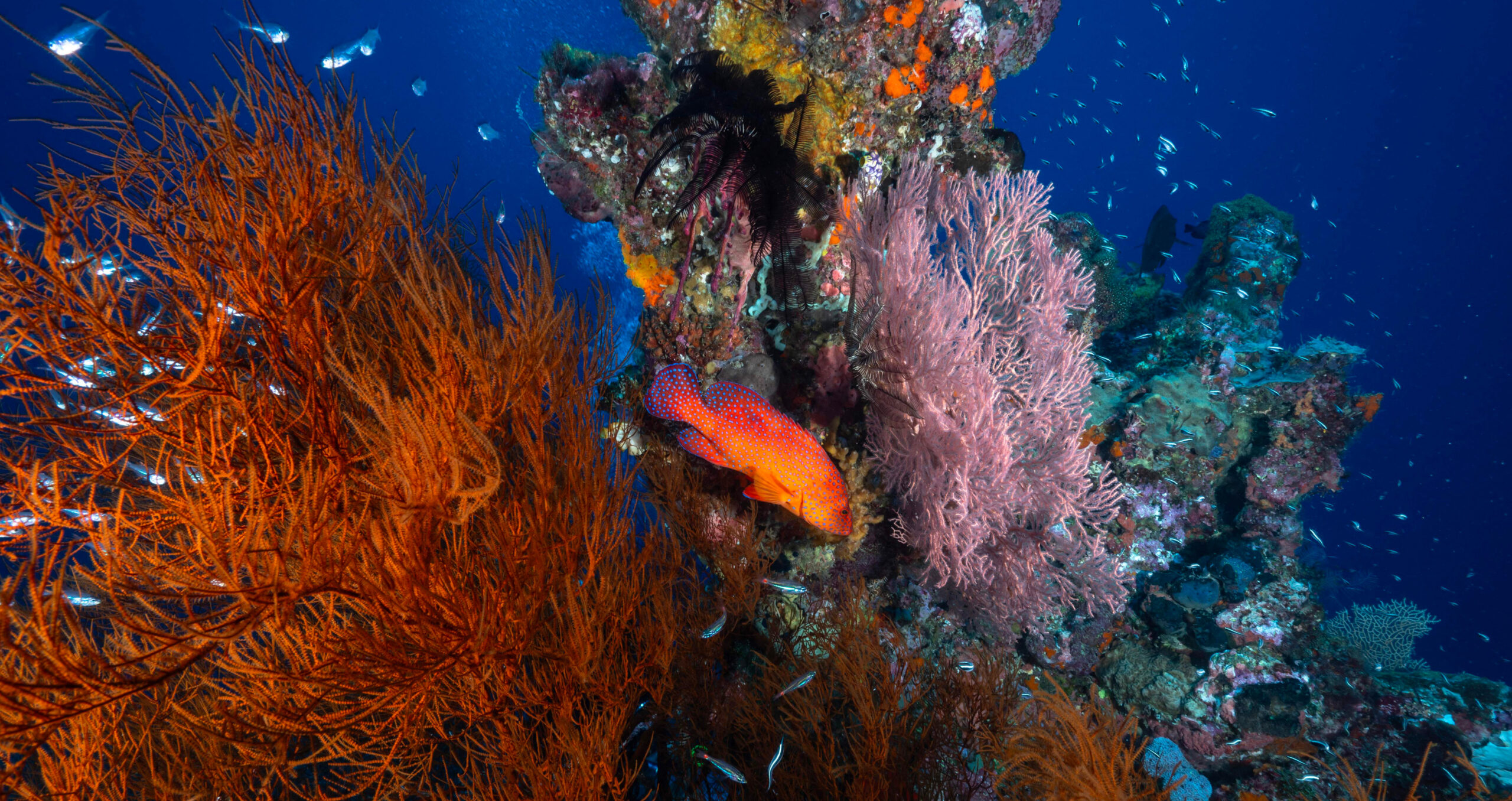

Coral reef insurance has been hailed as an important new protection mechanism for coastal resilience, but setting up such schemes remains complex
In addition to the intrinsic value of coral reefs, which provide food and livelihoods for millions of people, they are also a practical barrier to erosion and storm surges: a healthy coral reef can reduce a wave’s energy by up to 97 per cent before it hits the shore. Since nearly 40 per cent of the world’s population lives within 100km of a coastline, according to the UN Environment Programme, this is significant.
Coral reef insurance has been spreading worldwide, with policies being introduced in Guatemala, Honduras, Belize, Hawaii and Southern Mexico over the last five years. Indonesia is the latest country to grapple with the thorny question of who will pay out should an extreme weather event damage these fragile ecosystems.
“Post-storm response and innovative finance programmes are more complex and multifaceted than simply ‘buying an insurance policy for a coral reef’,” Eric Roberts, senior manager, global climate risk and resilience at environmental non-profit The Nature Conservancy, tells Sustainable Views. “The programmes and the insurance policies must be adapted to local contexts.”
Local governance systems, capacity to respond to incidents after storms and financial mechanisms to support reef repair, make coral reef insurance schemes difficult to replicate across regions.
“Local insurance regulations and insurance policy language will influence who sells or buys a policy and how payouts can be used – which in turn make it difficult for one location to simply adopt the programme and policy of another location,” says Roberts.
The latest coral reef insurance scheme to be announced is a UN-backed plan to help protect Indonesia’s marine ecosystem from adverse weather events, which is expected to include a long-term financing structure.
Faster payouts
Insurance policies come in two forms: indemnity policies that involve a damage assessment and a longer payout time, and parametric policies, where the terms for a payout are agreed upfront, allowing a fast payout if certain thresholds are met.
Thresholds for coral reef insurance schemes tend to be an adverse weather event reaching a certain wind speed and the proximity of the event to the reef. For example, Hawaii’s 2022-23 coral reef insurance policy could be triggered by tropical storms with a wind speed of 50 knots (57mph), says Roberts.
Almost all coral reef insurance has been designed as a parametric insurance product, including in Mexico and Belize.
“There’s no damage assessment [in parametric insurance] so it makes the payout process much quicker. Within a matter of weeks, you can have the money from the insurance company to do repairs,” explains Roberts.
So far, there have been two instances of parametric products being triggered. The first, to the tune of nearly $800,000, was off the coast of Mexico in 2020 after Hurricane Delta, and the second was off the coast of Belize after Hurricane Lisa in 2021 for $175,000
Indonesia, however, is looking to set up a dual indemnity and parametric product, a decision Chip Cunliffe, programme and risk director at the Ocean Risk and Resilience Action Alliance, an association aimed at promoting coastal resilience, welcomes.
“Although parametric products provide quick payouts based on a threshold being reached, an indemnity product will mean a much more accurate figure can be arrived at through loss adjustment,” Cunliffe tells Sustainable Views. “This takes time, so the marrying of the two products is a win-win for all concerned.”
Protection costs
Indonesia’s coral reef insurance policy is being formulated by the UN Development Programme, reinsurer Swiss Re and the Indonesian government. It will be implemented by the country’s ministry of marine affairs and fisheries and Indonesian Environment Fund, with initial financing aid from the ORRAA.
ORRAA funding will support the development and deployment of the insurance products, including the creation of a trust fund mechanism to disperse insurance payments. “This approach combines private capital with public resources in a trust fund and is a common way to design insurance mechanisms as it ensures clear transparency of the payout mechanism,” says Cunliffe.
However, the Indonesian authorities will need to find a long-term, secure source of funding to pay the insurance premiums. This funding source could include coastal use fees – levies on the tourism or fishing industries. In the Mexican state of Quintana Roo, for example, premium payments have been supported by tourism taxes and fees from coastal property owners.
Despite coral reef insurance products emerging only in the past few years, the financing instrument has already started to pay dividends. A 2021 policy insuring the Caribbean Sea’s Mesoamerican Reef protects about 10,000 hectares of live coral, enhances the coastal resilience of more than two million local people, and secures more than $3.3bn in reef-related income every year.
The Asian Development Bank is also exploring the feasibility of reef insurance in Fiji, Indonesia, the Philippines, and the Solomon Islands.
Similar Articles


